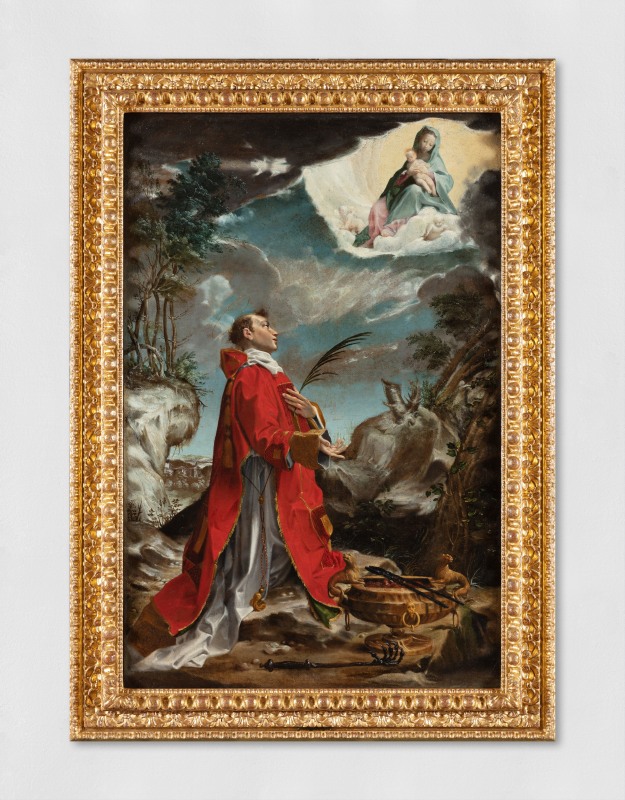-
Biography
Ludovico Carracci (Bologna, Italy, 1555 – Bologna, Italy, 1619)
Born in Bologna in 1555, Ludovico Carracci was the son of a butcher from Cremona.
In 1578, he joined the Compagnia dei Pittori in Bologna and received his training from Prospero Fontana until 1580. In 1583, together with his cousins Agostino and Annibale, he commenced working on the frescoes in the rooms of the historic palace Fava in Bologna. Meanwhile, he also devoted himself to other numerous early works.
Ludovico Carracci demonstrated a growing attention to dramatic effects and clear compositional schemes. This was largely influenced by the collaboration with his younger cousin Annibale. The great interpretative power typical of the Carracci’s cousins manifested clearly through religious representations and original iconographic choices.
At the beginning of the last decade of the century, the artist experimented with the proto-Baroque style. His work in Palazzo Magnani in Bologna (c. 1589-90) still reflects Pellegrino Tibaldi’s style and evokes Mannerist reminiscences. However, the large altarpieces from this period stand out for their freedom of touch and composition: the rapid brushstroke, stark contrasts of light and movement and richness of colour pay homage to Venetian art, and especially to the styles of Tintoretto and Veronese.
At the end of the century, when his cousins departed from Bologna, Ludovico Carracci remained the only one to guide both the workshop and the Accademia degli Incamminati.
From that point onward, he rarely ventured outside Bologna. The only exceptions were a brief trip to Rome in 1602, and the longer period between 1605-06 and 1609, when he worked on the frescoes in Piacenza Cathedral.
He remained at the heart of the Bolognese cultural scene for long. Only towards the end of his life his artistic influence on the city and in the region began to wane as younger and more promising artists emerged.
Ludovico Carracci died in Bologna in 1619.
Photo UniCredit Group (Sebastiano Pellion di Persano)
-
Works



